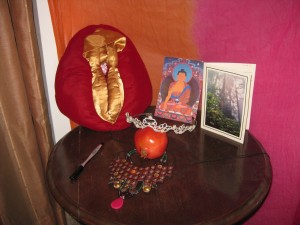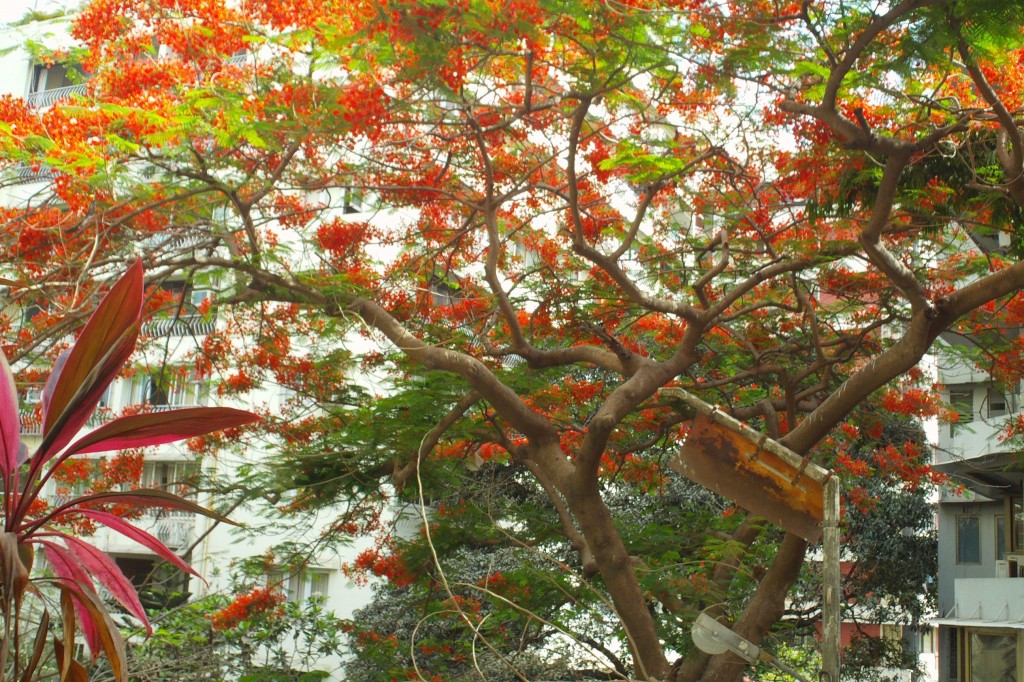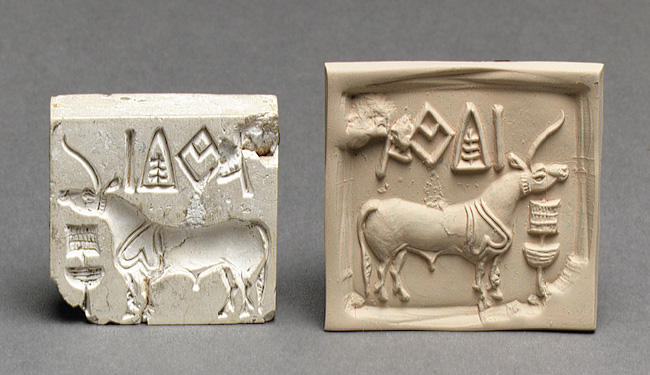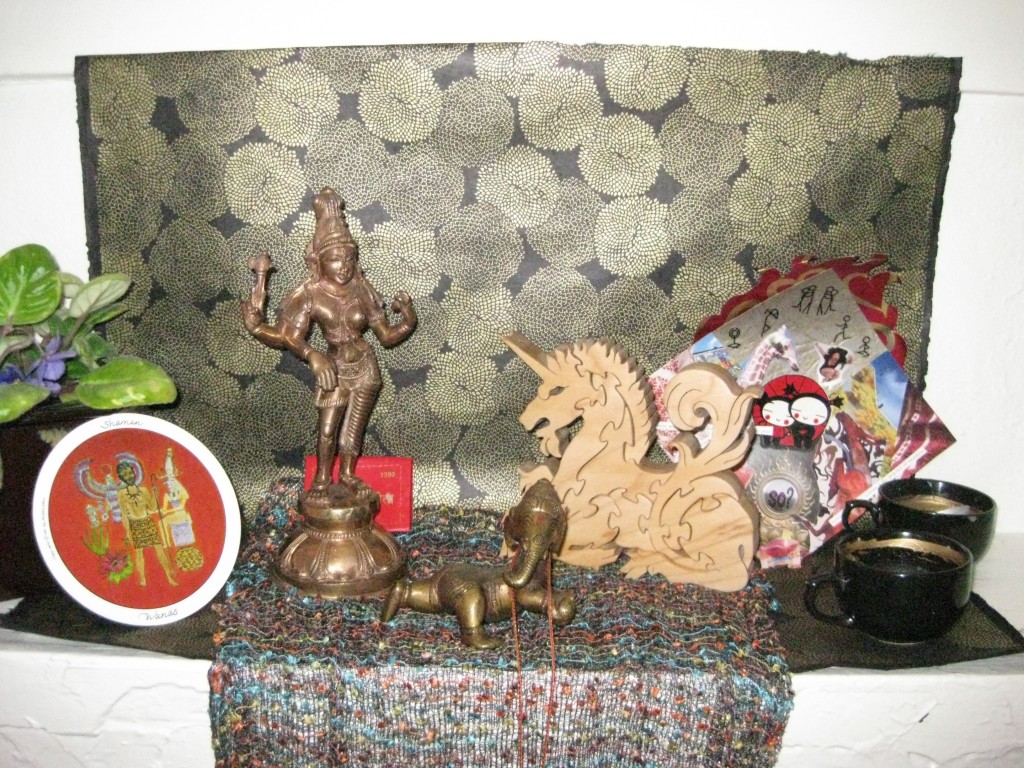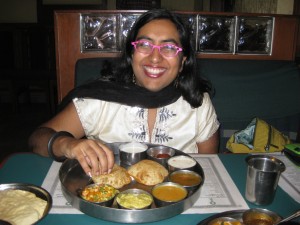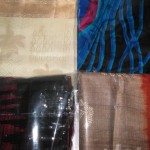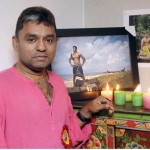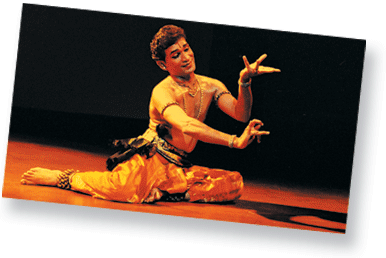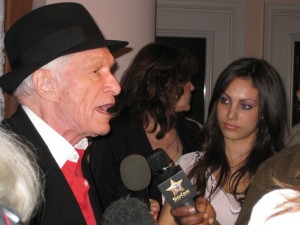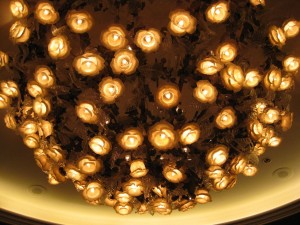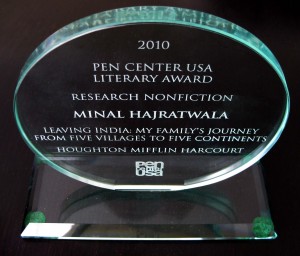Dear smartypants,
Guess what, I think Uncle Sam wants to pay YOU to come to India! Or vice versa!
So I was just at the big Fulbright mid-fellowship shindig in Goa, where all the U.S. scholars based in these parts gathered in order to drink cocktails by the pool, um, I mean, to share the results of our extremely serious and significant projects. Except for the afternoon beach tour and the selection of three desserts at every meal and the hotel spa, it was all work, work, work!
On the first morning, the senior program officer from the U.S State Department appealed to us to recruit applicants. She said they are “desperately seeking” future Fulbrighters.
Funding has tripled in the last few years in this region. In 2008, 46 Fulbrighters came to India; next year, it’ll be 150. Meanwhile, the number of applicants is what it’s always been. Similar expansion of funding for Indians to do projects in the U.S. has taken place. Your odds right now are better than they’ve ever been.
That means you have a better chance now than ever to get the government to fund your project in India, Bangladesh, Bhutan, Kazakhstan, Kyrgyz Republic, Maldives, Nepal, Pakistan, Sri Lanka, Tajikistan, Kazakhstan, or Turkmenistan. (Not Absurdistan, though.) Want to go to more than one country? You can apply for a regional fellowship, too.
OR, if you’re a citizen of India or one of those other countries and want to propose a project in the United States, this is also a great time.
So if you think you would like to do a project overseas for 2 months or more, check out the Fulbrights. Awards are given to 8,000 Americans a year in 150 countries, in almost every field of endeavor, and an equal number of foreign scholars get to travel to America to study or teach. I’m going to focus in this blog post on India, because that’s what I know the most about, but hope there will be some useful information for people applying to other countries too.
I’m not an expert and there’s a lot of complicated information, different deadlines, etc., so you will definitely need to do your own homework. But I’m hoping this post will be helpful as a starting point and as encouragement.
Whoa, so many Fulbright websites! Where do I start?
I know, right? OK, here:
If you’re a U.S. citizen student or recent graduate, start here.
If you’re a U.S. citizen who is a working artist, professional, or faculty member, you’re a “Scholar” in Fulbright terms; start here. This is what I am now. If you want the exact one I applied to, it’s the Core Program research scholar in India. [NOTE ADDED 2014: The program has changed and the best fit for writers/artists/professionals in India is now the Fulbright-Nehru Academic and Professional Excellence Award (All Disciplines).]
If you live outside the US, you might be eligible for a Fulbright to come to the US temporarily. Students, start here. Faculty, professionals, working artists, again you are Scholars so start here. If you could teach a foreign language to students in the United States, start here.
Not sure which level to go for? The Scholar level carries significantly more money. The student/recent graduate level has requirements for timing and degrees. See which one fits you best. Don’t assume the student level will be less competitive; many universities have well-oiled machines helping their students to apply for these fellowships, so you might have just as good a chance applying as a Scholar.
For India-specific information, either as an Indian or as an American, there is also good info on the website of the organization that administers the India programs: click here.
Once you’re inside the proper site, look for the searchable database. You can search by country, academic discipline, etc.
How long will the application take me?
I don’t know because there are so many different programs.
For the one I applied to, the requirements were relatively simple: a five-page project proposal, CV, bibliography, and three letters of recommendation.
For students, it’s a more complicated process and requires contact with institutions overseas as well.
Can an artist get a Fulbright? Don’t you have to be an academic?
There are sculptors, musicians, filmmakers, visual artists, and writers among the current Fulbrighters. You do not have to have a faculty position at home (I don’t), but you will be assigned an academic affiliation in your host country.
What exactly does Fulbright fund?
The amount and type of funding really varies depending on the country, the exact award, and your level (student or scholar, research or teaching, etc.).
In general there are research awards, lecturing awards, and combined research/lecturing awards.
Some countries allow any academic discipline (like India) while others are very specific in what skills/areas they want.
Generally there is a monthly amount for living and research expenses, plus some special supplements for other categories. If you have dependents, they can also travel with you and you get a stipend for them.
How do I write a strong application?
• Check out the Fulbright webinars on this topic, as well as country-specific seminars. If you are near a university, the campus may also have Fulbright workshops around this time of year.
• Remember that this a government-funded program that requires the approval of all the countries you plan to visit. It’s not going to support you in researching your master plan to overthrow the nation-state. In India, certain topics (such as Naxalites) and geographic areas (such as Kashmir) are off-limits. You are still your awesome revolutionary self, but do figure out what the taboos are for your countries and avoid them.
• Also keep in mind the purpose of the Fulbright is to promote mutual understanding. If you get an award, you will hear the words “cultural ambassador” ad nauseum. Don’t patronize, but if you can build some language into your proposal about how your project will further the cause of intercultural understanding, it’ll probably go over well.
• Have a clear, focused, cohesive project for either research, teaching, or both. Be really clear about your topic, methods, and outcomes. Know as much as possible about the country where you want to go, and about other people doing work in your area of study.
• Start early. Talk to people about your project and get feedback. Call the program officer assigned to your area (listed on the websites above); they are super approachable, and part of their job is to help you craft a strong application. You can brainstorm ideas or get feedback on your idea from the program officer. Start approaching people for your letters of recommendation now. If you need an invitation from overseas, start researching and asking around for contacts now; send a polite request. When they say yes, send a draft of the letter of invitation that you’d like them to write (sign).
• Write and rewrite your drafts. This is kind of “duh,” but duh. Write a draft. Get feedback. Rewrite it. Then do it again. Get people to read your drafts. (Maybe a pro coach?) And don’t do it at the last minute.
• Browse current projects going on in the country where you’d like to apply. If you aren’t sure where to find that information, ask your area program officer. See 2010-11 US scholars in India here.
• Read the fine print. Yes, there’s a lot of it. Read it.
• Find other people in your field who have successfully obtained Fulbrights and ask if they wouldn’t mind sharing their applications as samples. This was the single most helpful thing that people did for me, because it helped me see how to frame my ideas into a successful proposal.
Who should write my letters? Will you write one?
Your three letter writers should (a) know your work intimately and (b) be experts in your field. If they are former Fulbrighters, that can be helpful, too. Try to get a good mix of people who can vouch for different aspects of your qualifications. You should send them a draft of your proposal early on, give them plenty of lead time, and tell them what you want them to say.
Some awards require you to have a letter of invitation from an academic institution in your host country. Even if this isn’t required, it may strengthen your application to show that you have connections abroad who support your project. Again, start early.
You may find that you need to supply a draft letter to your recommenders. If so, highlight your accomplishments and the worthiness, originality, and significance of your project. Mention how they know you and your work. Try not to be overly modest or overly effusive. Get a friend to read it for tone if you need an objective point of view.
I probably won’t write you a letter. Except for those of you who already know I will. 🙂
I don’t have a PhD. Can I still apply?
Yes. I only have a bachelor’s degree. Each country sets its own requirements and they can vary. For some awards, you need a “terminal degree” in your field OR the professional equivalent. I argued, successfully, that all my writing and research experience added up to the equivalent of an MFA or PhD, and I asked my letter writers to emphasize this point as well. It worked.
I have more questions for you!
Great! Please ask them in the comments area, and I’ll try to answer for everyone’s benefit.
Will you read my proposal and give me advice?
Yes! Please take a peek at my coaching page and rate sheet, and let me know if you’d like to schedule some time.
A great, inexpensive way to get help preparing your proposal is to take my e-course, The Creative Art of Proposals: How to Write Kick-Ass Language That Gets Your Work Funded, Published, And All Loved Up. I give you 21 clear, direct lessons for creating language with SPARK. Former students have received grants, residencies, and fellowships, including Fulbrights. You can even add on a discounted private session with me. All the fabulous info is right here.
Also, if you’d like to see my Fulbright proposal as a sample, please email me and I’ll send it to you.
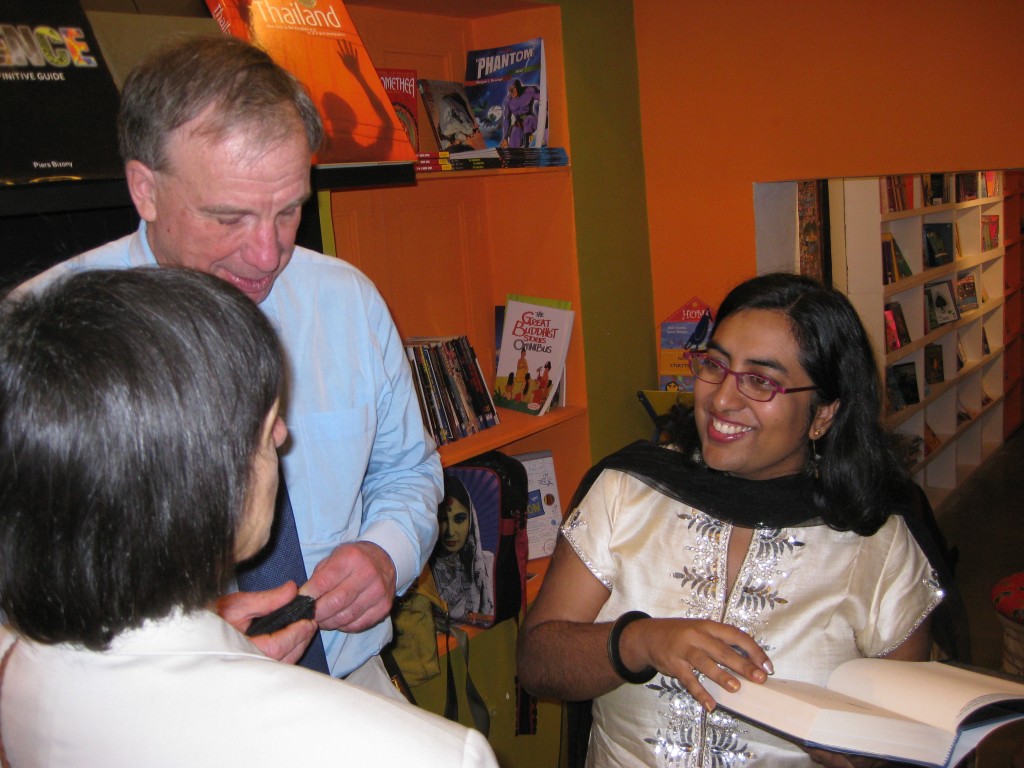
Fulbrighters hard at work:
Fulbright Distinguished Fellow Paul Joseph and international whistling champion Linda Schiffman stopped by my Chennai book reading, co-sponsored by USIEF
![]()

